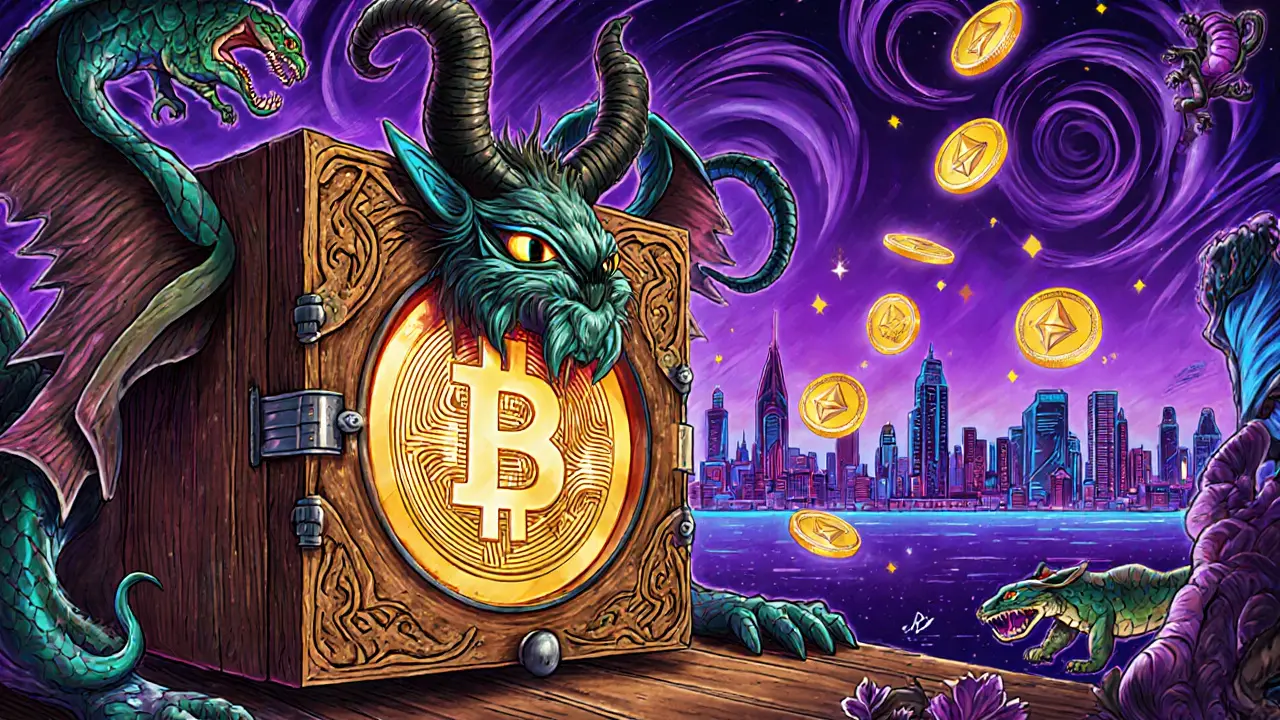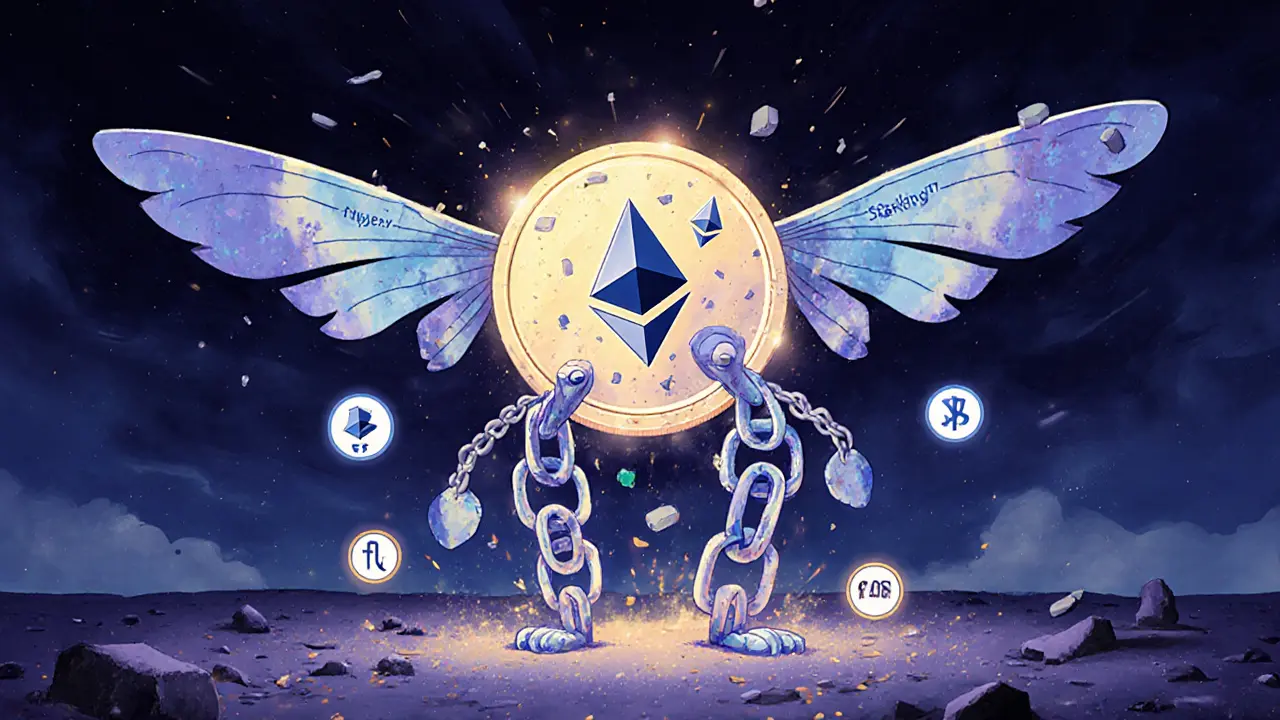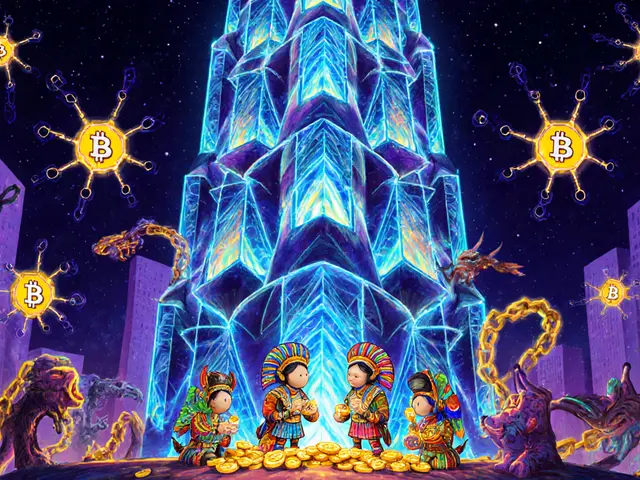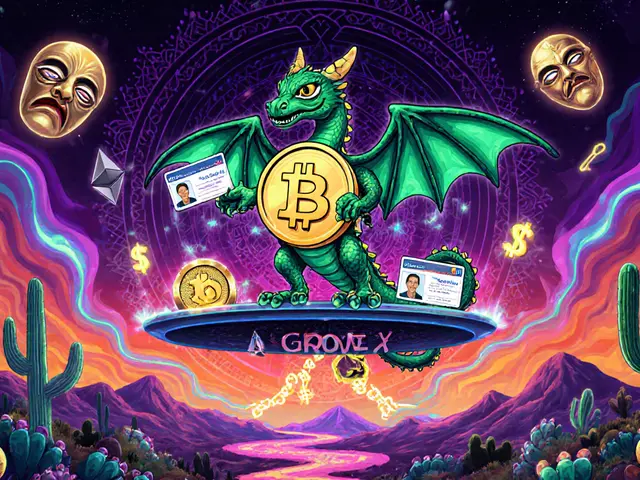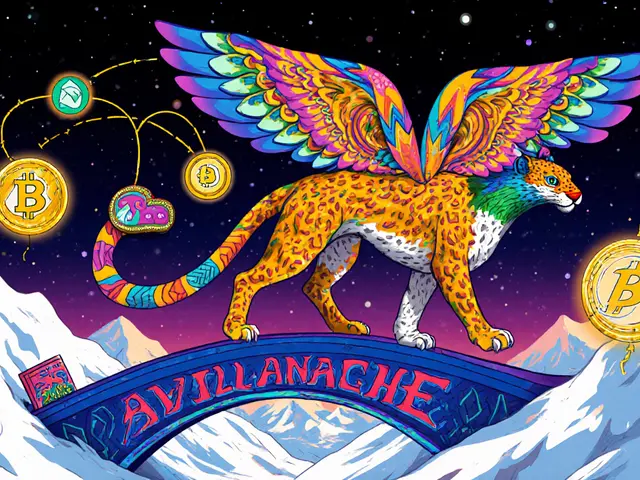ERC-20 Token: What It Is, Why It Matters, and How It Powers Crypto
When you think of crypto tokens, you’re probably thinking of an ERC-20 token, a technical standard for creating and using tokens on the Ethereum blockchain. Also known as Ethereum token, it’s the reason you can send LINK, UNI, or AAVE just like you send ETH—without needing a new blockchain for each one. It’s not a coin. It’s not a currency. It’s a rulebook that lets developers build tokens that work everywhere on Ethereum, from wallets to exchanges to DeFi apps.
That rulebook is built into smart contracts, self-executing code on the Ethereum network that automatically handles token transfers, balances, and permissions. Every ERC-20 token follows the same basic functions: transfer, approve, balanceOf, totalSupply. That’s it. No fluff. No confusion. This consistency is why platforms like MetaMask, Uniswap, and Coinbase support thousands of tokens without custom code for each one. It’s like USB cables—plug any device in, and it just works.
But here’s the catch: being standard doesn’t mean being safe. Just because a token is ERC-20 doesn’t mean it’s real, valuable, or even active. Many tokens listed on exchanges are dead projects with zero users. Others are scams pretending to be utility tokens. The standard doesn’t guarantee quality—it just makes it easy to move tokens around. That’s why you’ll see posts here about fake tokens like veDAO (WEVE) and dormant ones like BSClaunch (BSL). They’re all ERC-20, but only a fraction have real demand.
ERC-20 also enabled the explosion of blockchain tokens, digital assets built on top of existing blockchains rather than their own networks. Airdrops like ATA and SAKE? ERC-20. Fan tokens like DIYAR? ERC-20. Even POAPs, those digital badges proving you attended an event, use ERC-20-like structures on Ethereum. The standard made it cheap and fast to launch tokens, which is why over 90% of tokens on Ethereum follow it.
But it’s not perfect. Gas fees, network congestion, and slow confirmations can make small transfers expensive. That’s why some projects moved to BSC or Solana—but even there, many still mimic ERC-20 because it’s the most trusted template. And while newer standards like ERC-721 (for NFTs) and ERC-1155 (for multi-token types) exist, ERC-20 remains the foundation. It’s the plumbing behind most of crypto’s biggest apps.
What you’ll find here aren’t just definitions. You’ll see real examples of tokens that worked, tokens that failed, and the scams that hid behind the ERC-20 name. You’ll learn how to spot the difference between a token with real use and one that’s just code with no purpose. Whether you’re checking a new airdrop, trading on a DEX, or just trying to understand why your wallet shows 50 different tokens—this is the context you need.
